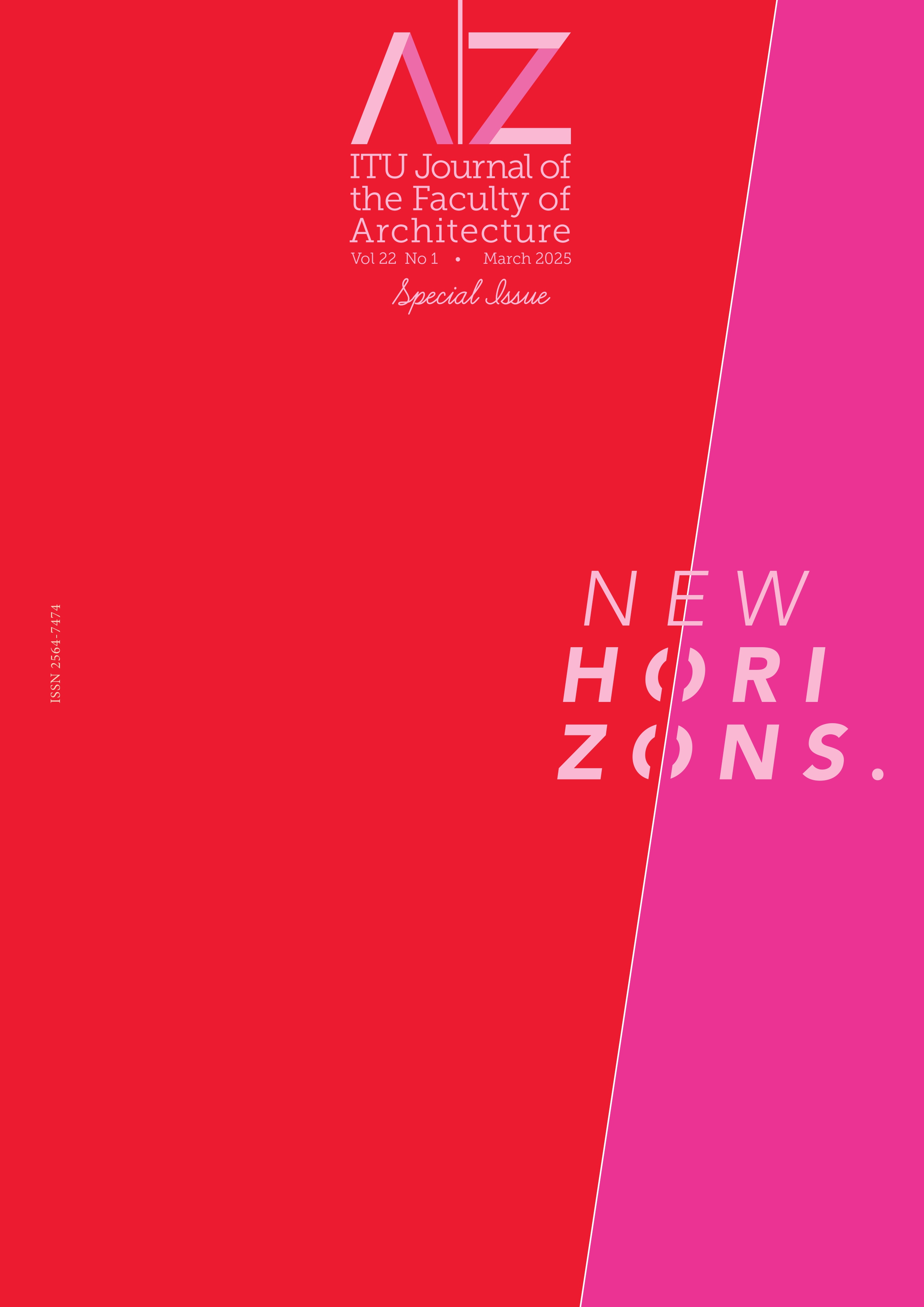Published 2025-03-31
Keywords
- Architectural representation,
- Creativity,
- Event narratives,
- Transformation representations
Abstract
This study aims to concentrate on alternative forms of representation that open up creative moments through event narratives by problematizing the self-centered reductionist representations expressing the end product of the architectural design process. In this study, such representations are referred to as transformation representations. Transformation representations are appearances that reveal themselves at the intersection of reality and imagination and open the unconscious fields in the context of creativity. In the study, such representational states are handled as narrative forms in the state of becoming that concuss the potentials of being able to dissect the imaginary things in the hierarchical positions of the subject and object. The things that contain becomings in transformation representations emerge as event narratives. Within the scope of the study, encounters in such a state of revelation are discussed with the Deleuzian philosophy of becoming. In this context, creativity is interpreted as the subject’s releasing the self into events that reveal encounters. The aforementioned states of representation are experienced in the online workshop entitled On the Trail of Invisible Things. In the workshop, which is intended to be intermediary to the participants for not encountering their own world, it has been observed that the displacement experiences that emerge with the subject-object melting and the inter-subjective-objective crossing can trigger creativity in synchronicity. The study is thought to be important for architects who are interested in discovering events in subject-object encounters and experiencing representational states of the unconscious to enrich alternative thinking and making practices in the design process.


